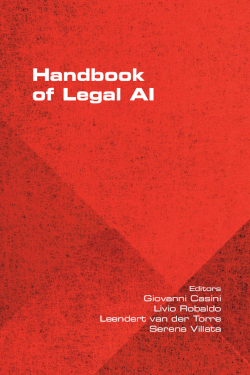 | Handbook of Legal AI
Giovanni Casini, Livio Robaldo, Leendert van der Torre and Serena Villata, eds
The Handbook of Legal AI presents a comprehensive overview of the state-of-the-art and trends in the research field of legal AI. The handbook provides a solid introduction to the essentials of the field for newcomers and a selection of advanced issues as a base for future research directions.
As the law gets more complex, conflicting, and ever-changing, more advanced methods, most of them come from the Artifi cial Intelligence (AI) field, are required for analyzing, representing and reasoning on legal knowledge. The discipline that tackles these challenges is now known as “Legal Artificial Intelligence”. Legal AI is experiencing, in particular, in the latest years growth in activity, also at the industrial level, touching a variety of issues which go from the analysis of the textual content of the law, to reasoning about legal interpretation to ethical issues of AI applications in the legal domain (e.g., the artificial judge).
This Handbook presents a collection of chapters which evolves around three main topics, namely norm mining (i.e., how to automatically identify, extract, classify and interlink norms from text), reasoning about norms and regulations (i.e., how to derive new legal knowledge from the existing legal knowledge bases in such a way to address automatic legal decision making), and norm enforcement and compliance (i.e., how to
check and ensure the compliance of the systems’ requirements with the regulation).
See inside
December 2022
978-1-84890-385-2
|

